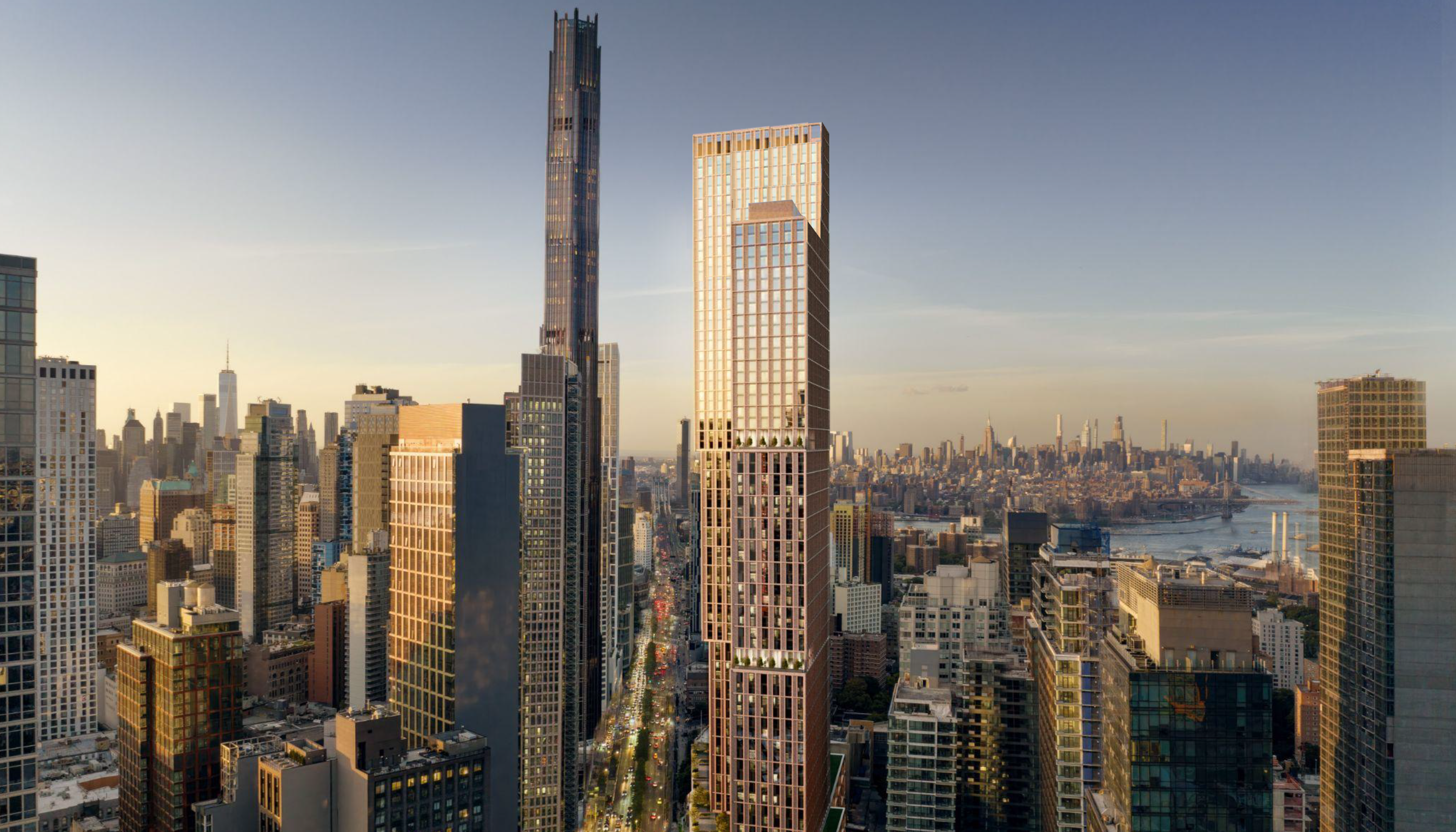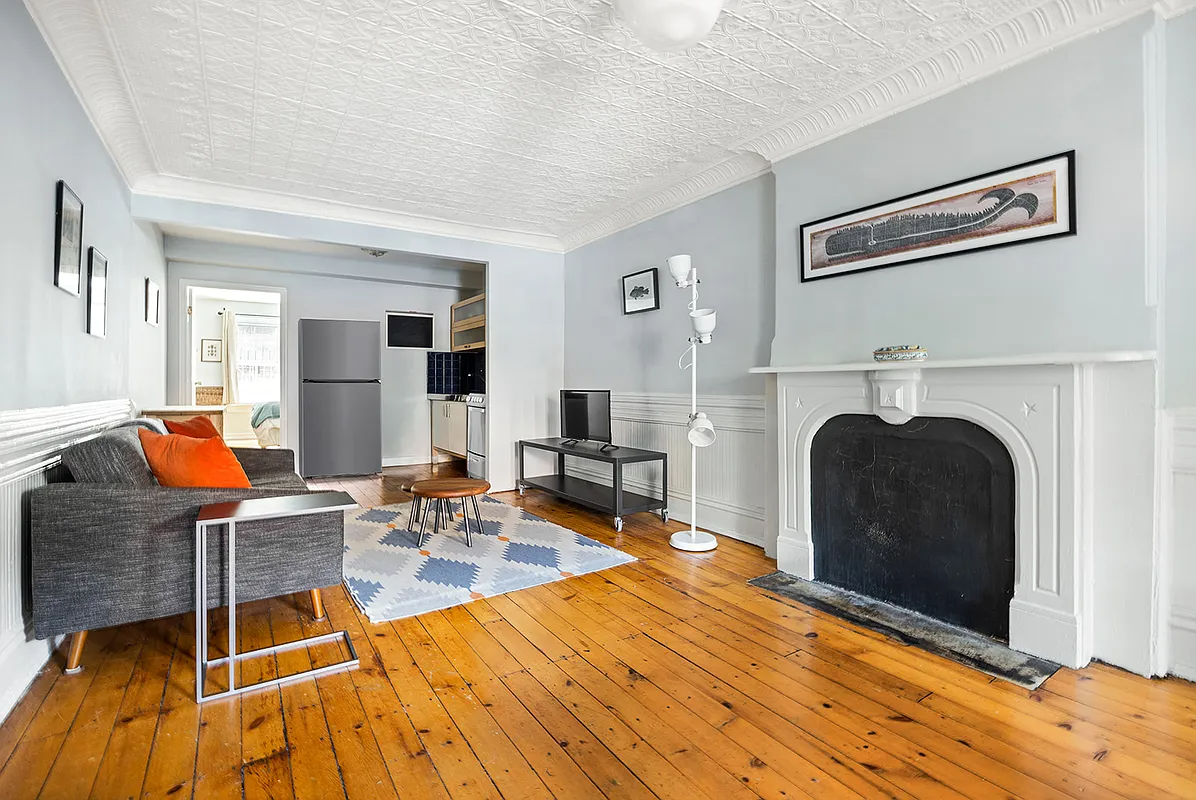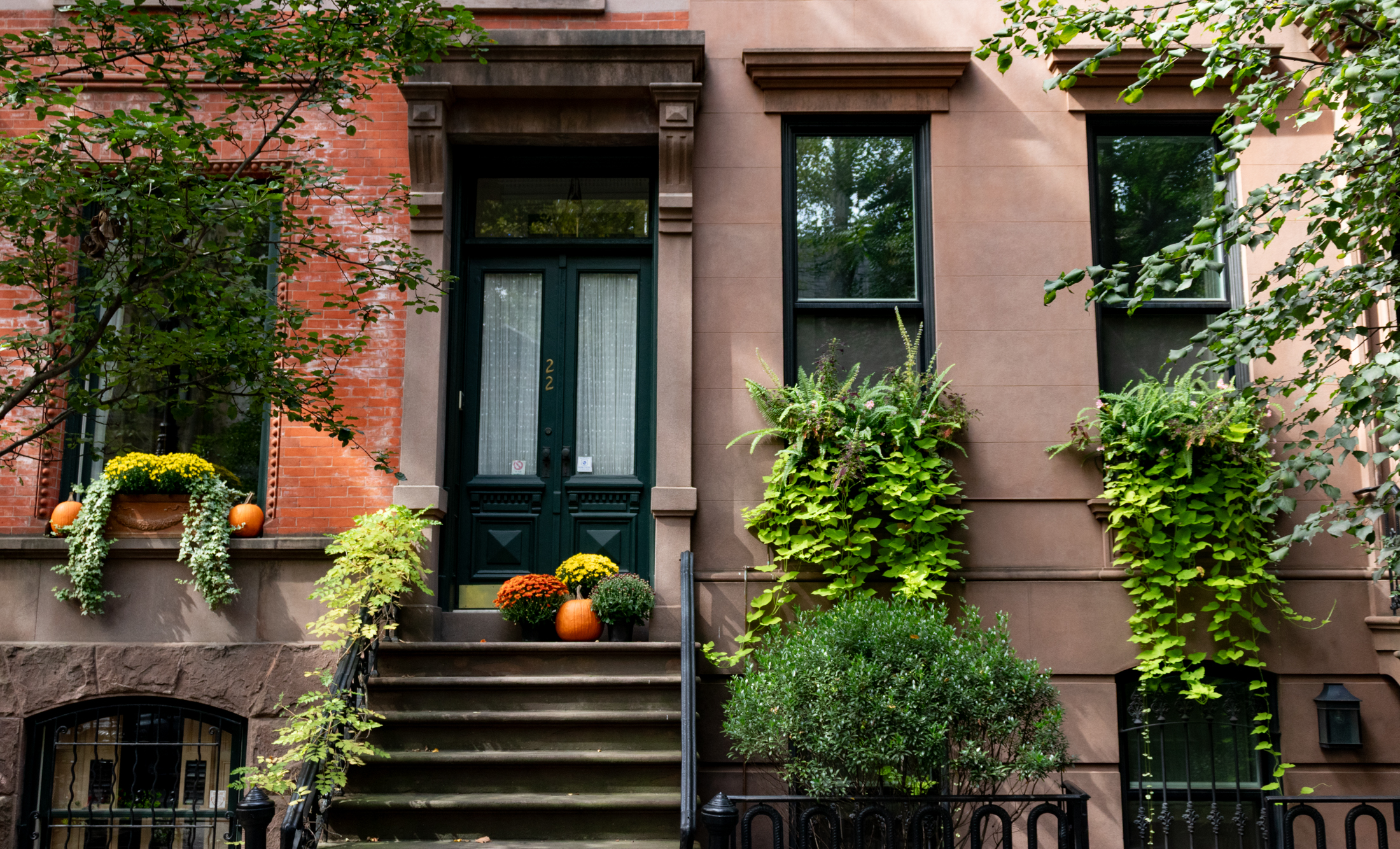Yards Scale-Back: Token or Meaningful Move?
Big news on Atlantic Yards on Friday. First, Ratner announced that he was axing 440 market-rate condominiums for a total of 475,000 square feet. According to James P. Stuckey, the new plan “allows for more open space, narrows the scale of the buildings and reduces overall bulk and density, but it also gives us the…
Big news on Atlantic Yards on Friday. First, Ratner announced that he was axing 440 market-rate condominiums for a total of 475,000 square feet. According to James P. Stuckey, the new plan “allows for more open space, narrows the scale of the buildings and reduces overall bulk and density, but it also gives us the flexibility to maintain our commitment to affordable housing.” While the overall number of floors would shrink, some buildings would be even taller than originally planned. (Hmmmm.) Separately, the Empire State Development Corporation said it would expand the main geographic area under study and increase the number of intersections where the traffic impact will be examined. Marty says he’s “delighted” by the changes but not so Dan Goldstein: “The whole thing is still bigger than it was when it was announced.”
Arena Complex Shrink by 5% [NY Times]
Final Scope Document [DDDB]





“Bx2Bklyn makes the point that because the train lines are so spread out it makes it difficult for most of Brooklyn. Since you don’t have to deal with it it’s easy for you to say.”
How could the transit system possibly serve such a huge area if it were not “spread out”? Would you rather have ten subway lines running up Fourth Avenue, while none operate along Flatbush Avenue? All of the neighborhoods listed in the above post, which comprise most corners of Brooklyn, are readily accessible by public transportation and are hardly “car required” territory. The only section of Brooklyn not served by train is the SE part, but that area has many buses (e.g. the B46, which runs up Utica to the #4 train, or the B35 which runs down Church Avenue to the D or F trains). And, as David said, most of these trains pass through Atlantic Avenue (2,3,4,5,B,D,M,N,Q,and R) or near it (G,C). There is also the LIRR and many bus lines. Whether people are traveling to the stadium from Manhattan, Queens, Long Island, or Brooklyn, there will be a way to get there by public transit.
NY already is big. And the day you are willing to move into one of those people warehouses is the day I will take you seriously. Bx2Bklyn makes the point that because the train lines are so spread out it makes it difficult for most of Brooklyn. Since you don’t have to deal with it it’s easy for you to say.
So go ahead- show me the math (and not from a developer please- a neutral body)on the environmental and financial costs. Prove to me that Ratner’s comple will not put enormous strains environmentally on the area.
No I didnt intentionally misread – your statement is clear “But David, it is true that there are far more subways lines and bus lines in Manhattan than in Brooklyn or Queens or the Bronx.” –
your 2nd comment was about how close the lines are- and since virtually all of Brooklyn is served by 1 line that goes to downtown brooklyn (mostly into AT but at worst 1 transfer) I fail to see your point….and for those that are far from the train, there are a gazillion bus lines that will either take you to downtown or to a train that will get you downtown. The point is for events, AT is the best place in the Boro (if not the city) from an anti-car perspective due to the convergence of mass transit
And your point is only relevant to Net games – my point is also about where to put 10,000 or so new residents – advocates of low density fail to comprehend the enviromental and financial costs to spread people out. I dont feel like doing the math right now, but can you imagine how geographically big NYC would have to be, how much automotive traffic we would have and how lousy a place this would be if all 8.1M people lived in 3 story buildings on 20×60 lots (even assuming each building was 3 family)
“Besides we all know even if the buildings were as green as a shamrock, none of you opponents would support it anyway.” You need to stop repeating that because not only isn’t it true, but it’s your hang up.
And did you deliberately misunderstand the subway statement? The density of the lines, not the number of them, is the issue. It’s all great to talk about the hubs in downtown- the problem is getting there when you live in neighborhoods that are serviced by only one line. Brooklyn is much bigger than Manhattan- take another look at your subway map. In a lot of those areas, cars are a necessity- like it or not.
The Atlantic Ave/Pacific Street station will be ideal for transporting fans to the stadium. From every corner of Brooklyn – Bushwick, East New York, Crown Heights, Canarsie, Flatbush, Sheepshead Bay, Coney Island, Bay Ridge, Sunset Park, Ditmas, Midwood, Borough Park – people will be able to hop on a bus or train and ride to the one place in the borough where most public transit converges. I can’t think of a more convenient location for a sports arena.
There is far more subway lines in Manhattan then in Brooklyn (Queens and Bronx have nothing to do with this discussion)? How do you figure – every line that runs in Manhattan runs to Brooklyn (and most to AY) except for the #7 and the shuttle (and we got our own shuttle and the G) – seems like Brooklyn has the same # of subway lines, and bus lines (w/o counting) eyeing the map it looks like we might have more as well (non-express). The availability of mass transit in Brooklyn is one of its great features.
I have no idea if the AY buildings will be “green” – it would be great if they were, but either way it doesnt remove the enviromental intelligence of the city approving a high density development next to the transit hub. Besides we all know even if the buildings were as green as a shamrock, none of you opponents would support it anyway.
But David, it is true that there are far more subways lines and bus lines in Manhattan than in Brooklyn or Queens or the Bronx. While the hub at AY is densely packed, as it were, the rest of Brooklyn isn’t. A look at any subway map shows that.
So assuming that what you say is true about urban planners and being environmentally conscious, will Ratner build to environmentally sound specifications? Will he make any or evry effort to use systems (solar, eg) for energy? That would be interesting to know.
above post was mine – in case you didnt know 🙂
“Eminent domain is not about numbers, it’s about how loosely you will interpret it to take property from one person to give to another.”
– 1st no one is GIVING anything ED requires compensation, and while I am sure your ‘slippery slope’ argument might deserve a hearing (beyond Kelo) someday, I dont think 3 new residents living next to an open pit/railyard is really the test case you want.
“ANd to repeat myself- anti-AY people are not saying don’t build. They are saying do it responsibly, and intelligently.”
– which your way of thinking is low rise (or human scale – whatever that means) and but which every enviromentally conscious urban planner will tell you is a mistake next to a huge transport hub.
“David-Manhattan and NYC did just get low marks again for the air we breathe – what does that tell you? ”
It tells me that high density areas and lower density areas can have bad air quality, since the other area rated with similar bad air quality was LA which is built, essentially all “human scale” – or as I like to call it sprawl.
In fact one of the main reasons that we have such bad air quality is b/c rather than using railroad to do deliveries, we use truck (80+%) and of course I am struck that whenever someone tries to change this equation, exactly the kind of nimbism reflected here pops up – most recently when those morons at the Juniper Park Civic Association helped derail the cross harbor rail freight tunnel.
“And in case you have forgotten- Manhattan has the most densely packed transit and utility systems. The outer boroughs don’t have more of anything except potholes because the City concentrates on Manhattan first. It’s an ecological nightmare.”
This premise is just FLAT wrong there is no spot in Manhattan that has as densely packed transit systems as AY.